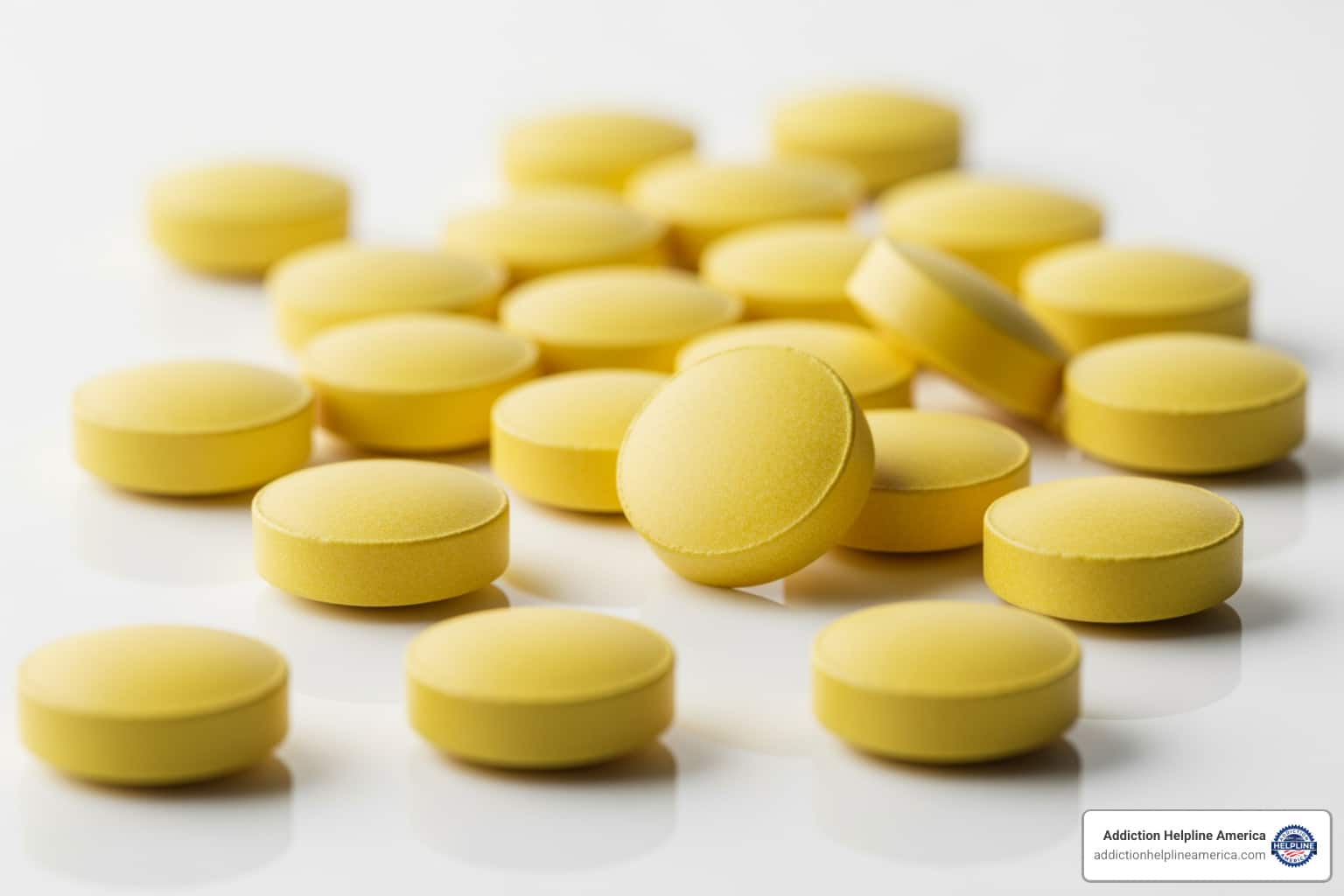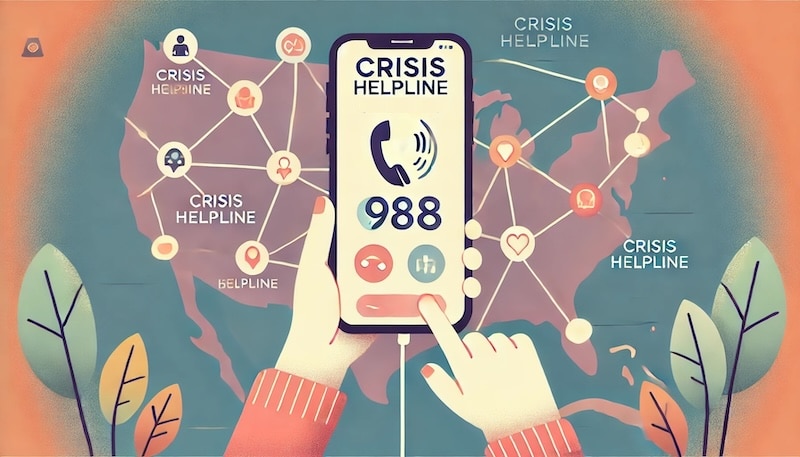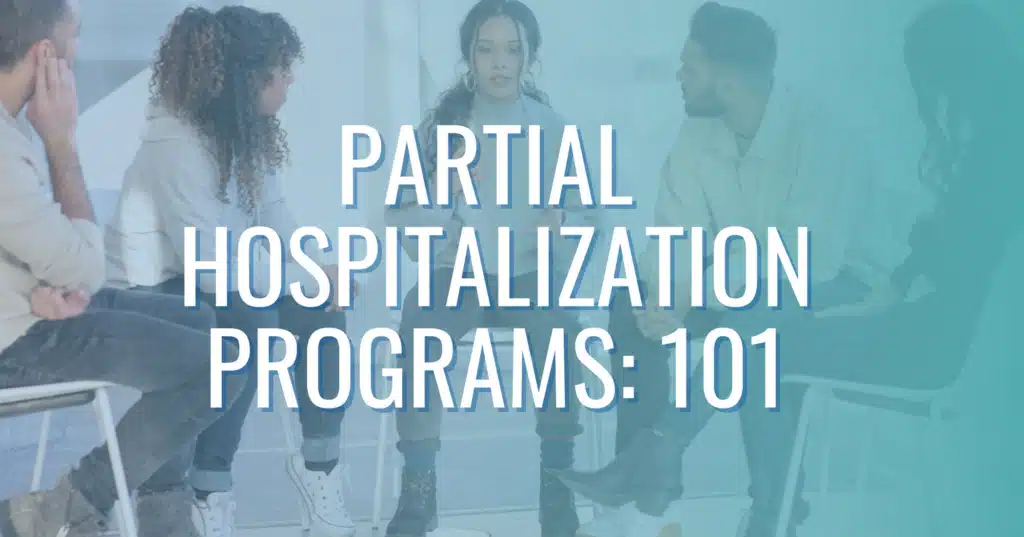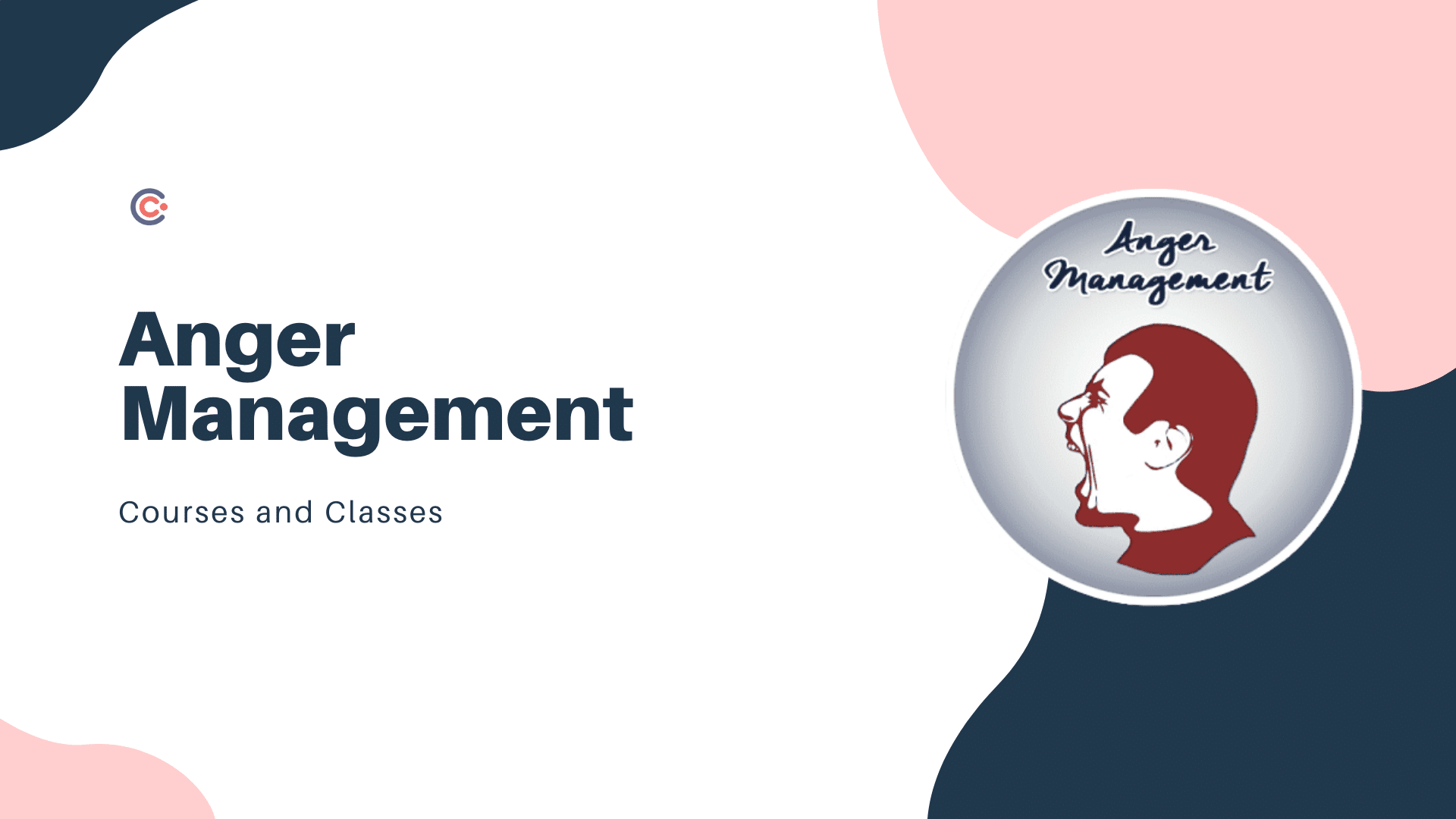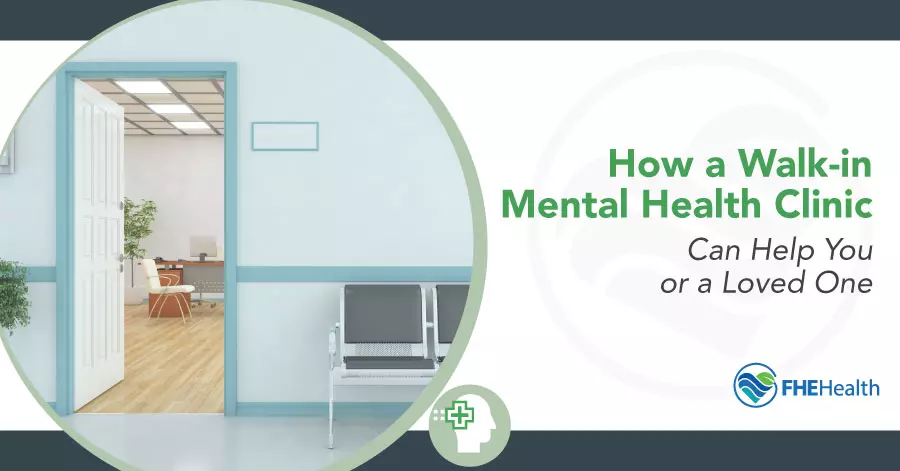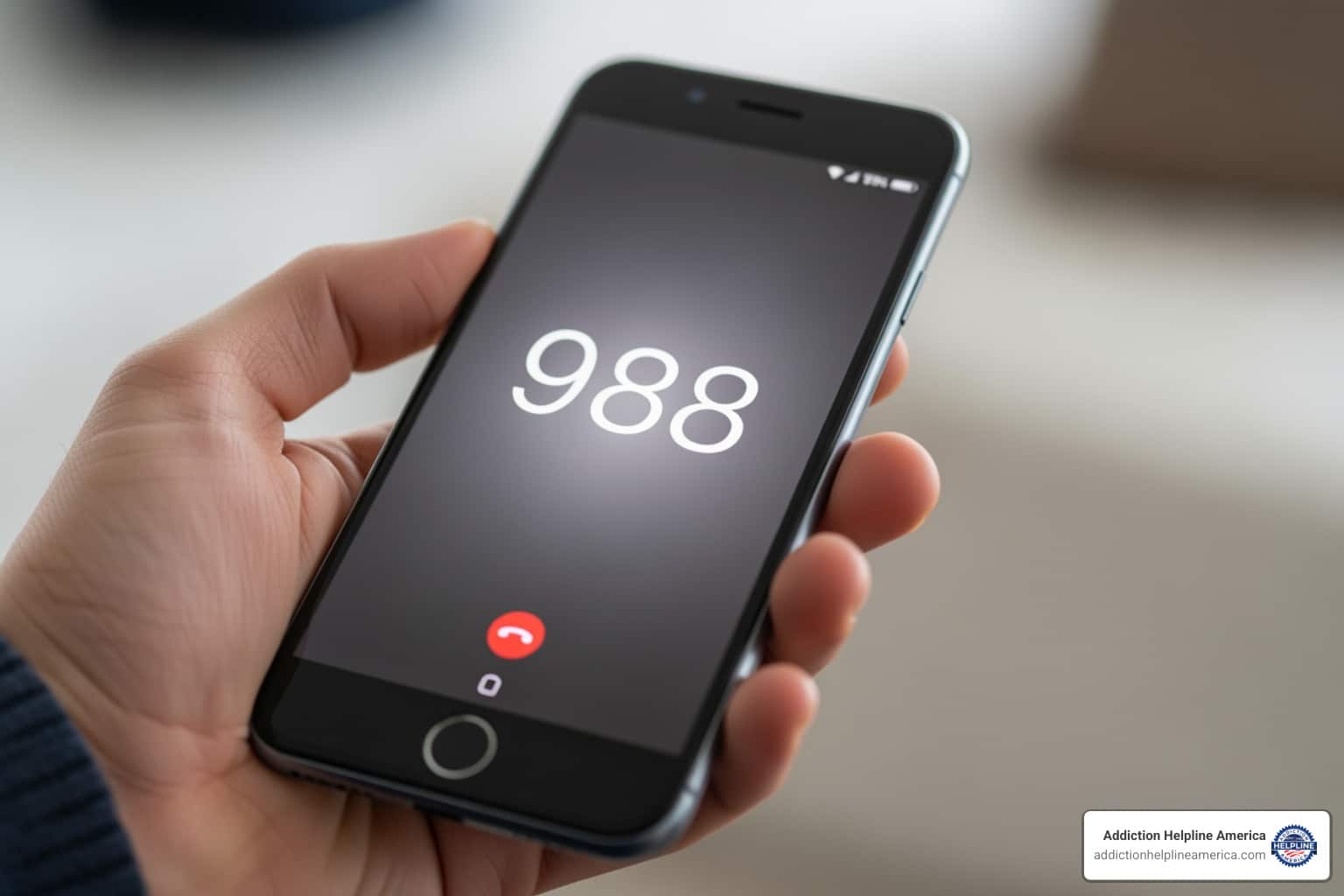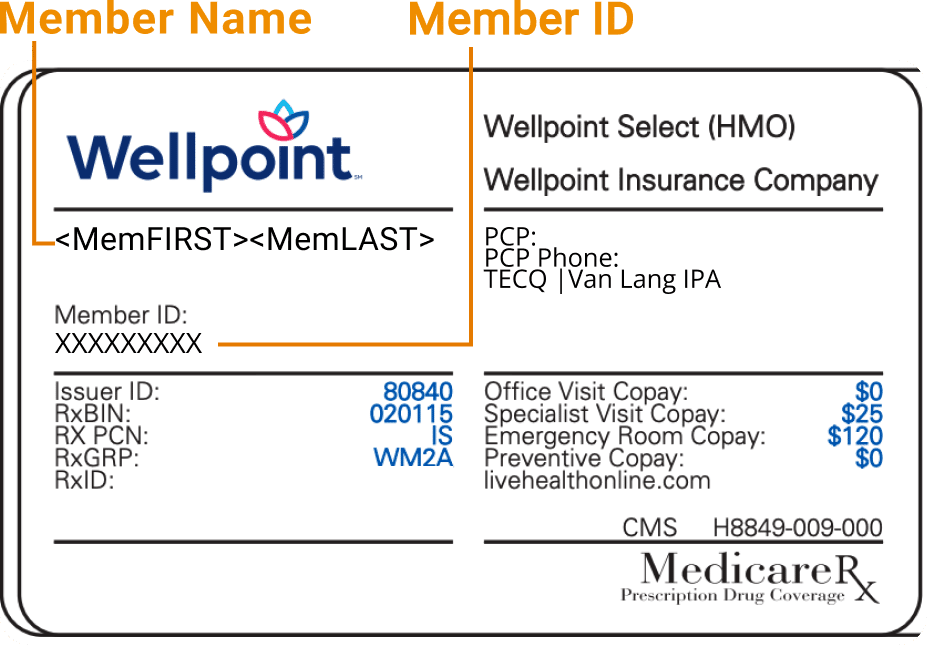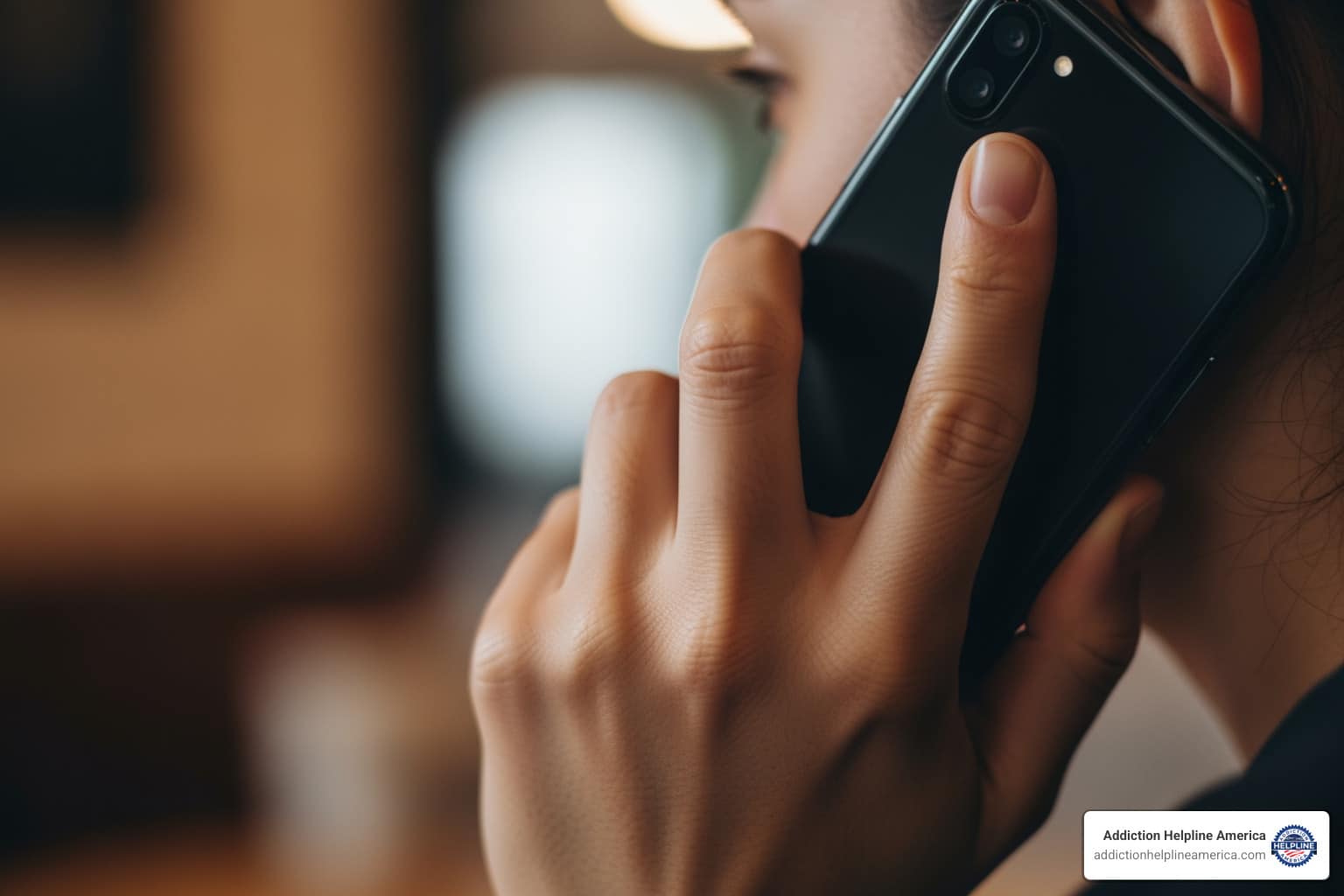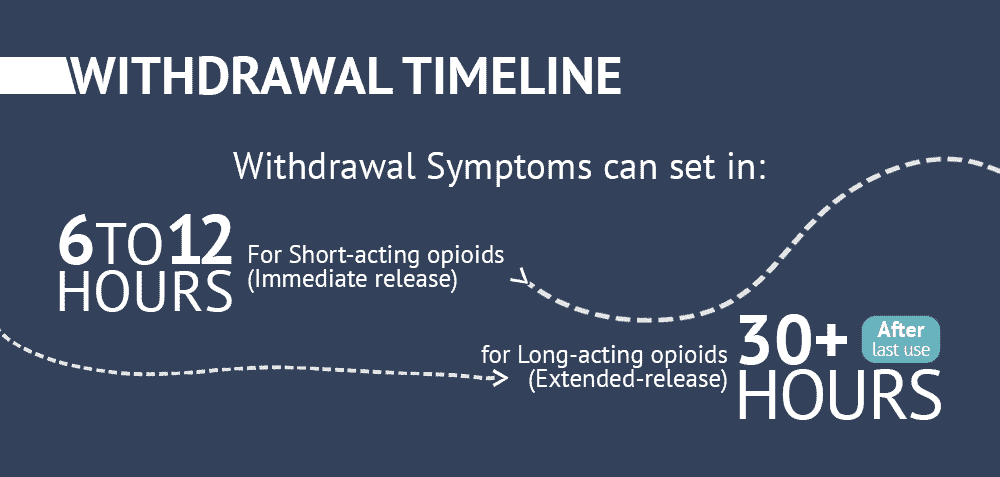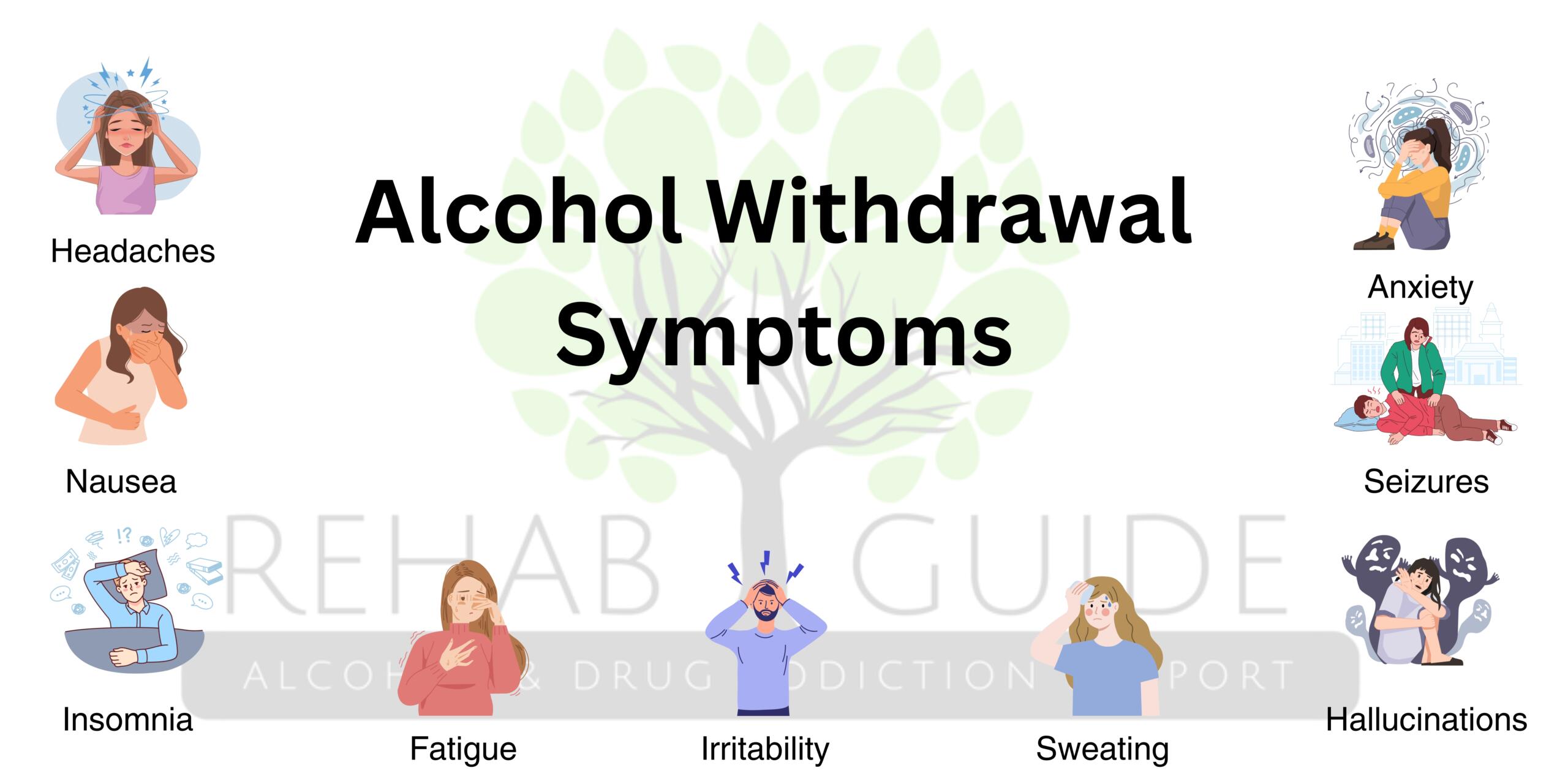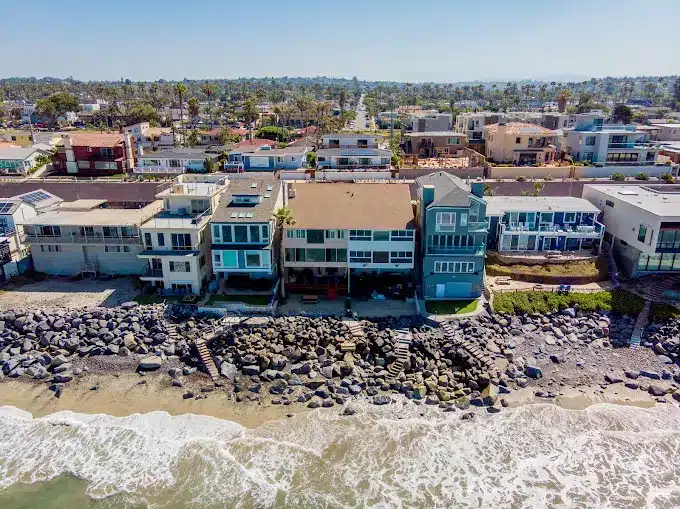
Why Southern California is a Critical Battleground—and Guide—for Addiction Recovery
Addiction treatment center in southern california options range from medical detox to residential and outpatient programs. Finding the right fit is key, and this guide will help you understand your choices.
Key Treatment Levels:
- Medical Detoxification: Medically supervised withdrawal.
- Residential/Inpatient Rehab: 24/7 structured care (30-90+ days).
- Outpatient Programs (PHP/IOP): Flexible treatment while living at home.
When choosing a center, look for key accreditations from The Joint Commission, CARF, and California’s DHCS to ensure quality and safety.
The numbers tell a stark story. About 8% of Californians struggle with substance use disorders, yet only 10% receive professional treatment. In Los Angeles County, nearly 3,000 people die from substance-related causes annually, and young adults (18-25) face addiction rates nearly twice the state average.
Orange County’s opioid crisis is severe, with opioids involved in seven out of ten drug-related deaths. Heroin-related emergency visits have also skyrocketed across the region.
But there is hope. Southern California is home to some of the nation’s most innovative treatment centers, offering evidence-based therapies for lasting recovery. At Addiction Helpline America, we guide families toward the right addiction treatment center in southern california by connecting them with facilities that offer the best chance for sobriety. We’re here to help you steer your options with clarity.

Simple addiction treatment center in southern california word guide:
The Scope of Addiction in Southern California
Southern California’s beautiful scenery can mask a serious substance use crisis that affects families in every community. Understanding the scope of this challenge highlights why finding the right addiction treatment center in southern california is so critical.
Nationally, the problem is vast. SAMHSA’s 2022 national survey found that 48.7 million people had a substance use disorder, but only 24% received treatment. The hopeful news? 71% of adults who once struggled now consider themselves in recovery. Recovery is not just possible; it’s the reality for millions.
In California, about 8% of residents have a substance use disorder, yet only 10% get professional help. Young adults aged 18 to 25 are hit hardest, with rates nearly double the state average. They require specialized support that addresses their unique life stage.
Zooming in on the region:
- Los Angeles County sees nearly 3,000 deaths and over 132,000 emergency visits from substance use each year.
- Orange County faces a severe opioid crisis, where opioids are involved in seven of every ten drug-related deaths. In 2018, the county saw nearly 1.5 million opioid prescriptions written, and Narcan use by law enforcement jumped 60% in a single year. For those struggling, we have more info about rehab centers for opioid addiction.
- Statewide, heroin-related emergency visits more than tripled between 2006 and 2017.
These statistics represent real people and families in need of solutions. The right addiction treatment center in southern california can be a life-saving intervention, and we are here to help you find it.
Understanding the Levels of Addiction Care
The addiction treatment landscape can seem complex, but it’s designed to be adaptable. Centers use a continuum of care, a personalized roadmap that adjusts as you progress in recovery. The National Institute on Drug Abuse (NIDA) finds that engagement in treatment for at least 90 days yields the best outcomes. Finding an addiction treatment center in southern california that offers a full spectrum of services ensures consistent care throughout your journey.
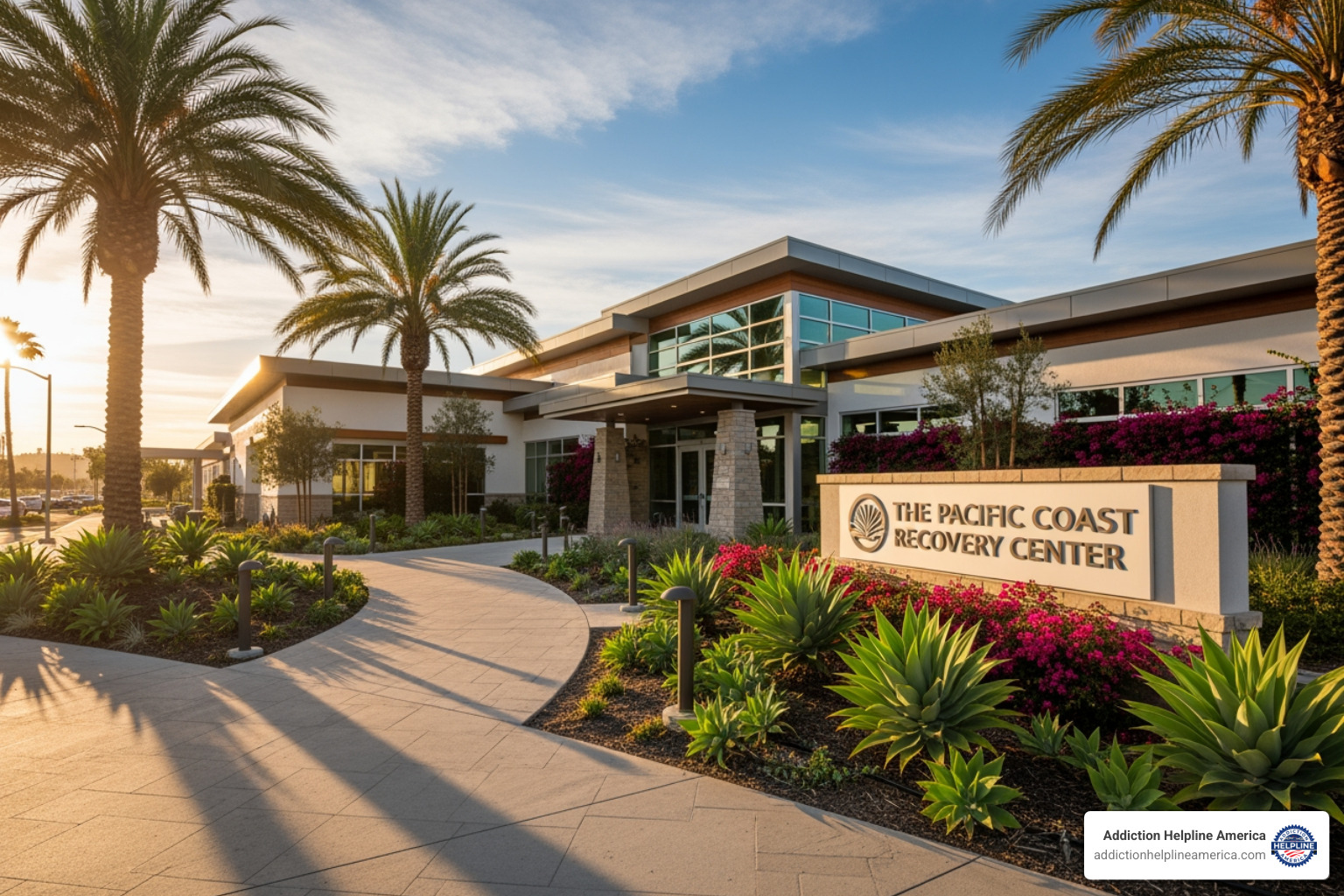
Medical Detoxification
Recovery often begins with detox, where the body clears itself of substances under 24/7 medical supervision. Withdrawal can be uncomfortable and, for substances like alcohol or benzodiazepines, medically dangerous. A quality addiction treatment center in southern california provides experienced medical staff to manage symptoms, reduce cravings, and ensure your safety. Detox isn’t treatment itself, but it creates the stable foundation needed for therapy. For more details, see a guide to drug detox in Costa Mesa.
Residential / Inpatient Programs
After detox, many enter residential or inpatient treatment, living at the facility for 30 to 90 days or more. This immersive, 24/7 structured environment removes you from triggers and allows you to focus completely on healing. Days are filled with intensive therapy, including individual and group counseling, educational workshops, and holistic activities. The constant peer support builds a strong sense of community. An addiction treatment center in southern california with a residential program provides a safe space to build a new foundation. Our information on inpatient alcohol rehab offers more insight.
Outpatient Programs (PHP, IOP, OP)
Outpatient care allows you to practice recovery skills in the real world while receiving professional support. This flexibility lets you live at home and maintain work or family commitments.
- Partial Hospitalization Programs (PHP): The most intensive option, with treatment 5-7 days a week for several hours, similar to residential care without the overnight stay.
- Intensive Outpatient Programs (IOP): A step down, requiring a few hours of therapy 3-5 days a week, balancing treatment with daily responsibilities.
- Standard Outpatient (OP): The least intensive, often involving weekly therapy sessions to maintain long-term sobriety.
Finding an addiction treatment center in southern california with this full continuum allows you to transition smoothly between levels of care as your needs change.
How to Choose the Right Addiction Treatment Center in Southern California
Finding the right addiction treatment center in southern california is a critical decision. It’s about finding a place that aligns with your unique needs, where you feel safe and supported. With the right information, you can make this choice confidently.
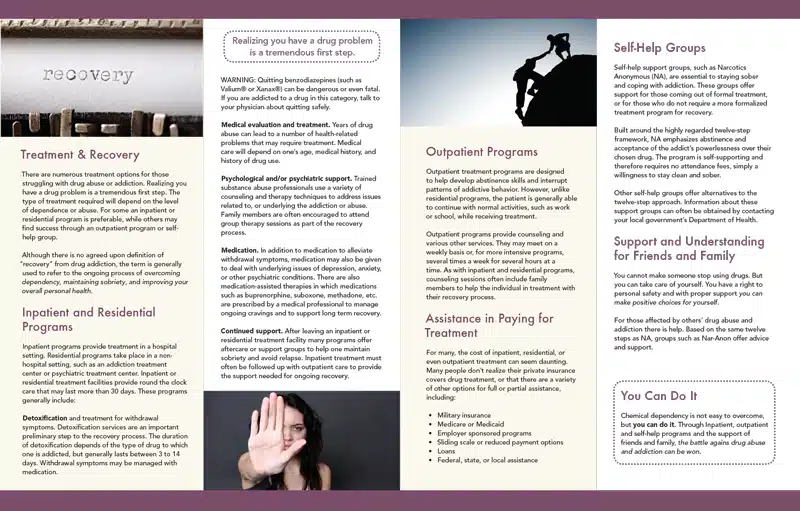
Essential Accreditations and Licenses
First, verify that a center has proper credentials. These are indicators of quality, safety, and ethical practices. Look for:
- The Joint Commission: The gold standard in healthcare accreditation, signifying rigorous quality benchmarks.
- CARF (Commission on Accreditation of Rehabilitation Facilities): A respected accreditor focused on addiction treatment and rehabilitation services.
- DHCS (Department of Health Care Services) Certification: A crucial state-level certification ensuring compliance with California’s standards. You can verify it via the California Department of Health Care Services (DHCS) database.
- State Licensing: The minimum legal requirement for any facility to operate.
Reputable centers will be transparent about their credentials.
Specialized Programs for Specific Populations
Recovery is not one-size-fits-all. The best addiction treatment center in southern california for you may offer a specialized program:
- Dual Diagnosis/Co-Occurring Disorder Treatment: Addresses both addiction and mental health issues like depression or anxiety simultaneously.
- Veterans Programs: Offer trauma-informed care and peer support for military service members.
- Young Adult Tracks: Custom for the unique developmental and social challenges of people aged 18-25.
- LGBTQ+ Affirming Care: Provides a safe, inclusive, and non-judgmental environment for healing.
Other specialized options may include gender-specific programs or even pet-friendly rehab. Learn more about how to find the best pet-friendly drug rehab in California.
Finding the best addiction treatment center in southern california for you
Beyond credentials, the center’s philosophy should resonate with you. Look for facilities that use evidence-based therapies backed by scientific research, such as:
- Cognitive Behavioral Therapy (CBT): Helps change negative thought patterns and behaviors.
- Dialectical Behavior Therapy (DBT): Teaches emotional regulation and distress tolerance skills.
Many centers also integrate holistic approaches that treat the whole person, including yoga, meditation, and nutrition counseling. Consider what kind of environment will help you thrive—one focused solely on sobriety, or one that also helps build life skills and purpose.
At Addiction Helpline America, we help you consider all these factors to find a center where you can truly begin to heal.
Navigating the Logistics of Treatment
Once you’ve identified potential centers, it’s time to handle the logistics. Questions about cost, insurance, and family involvement are common, but they are manageable and shouldn’t be a barrier to getting help.
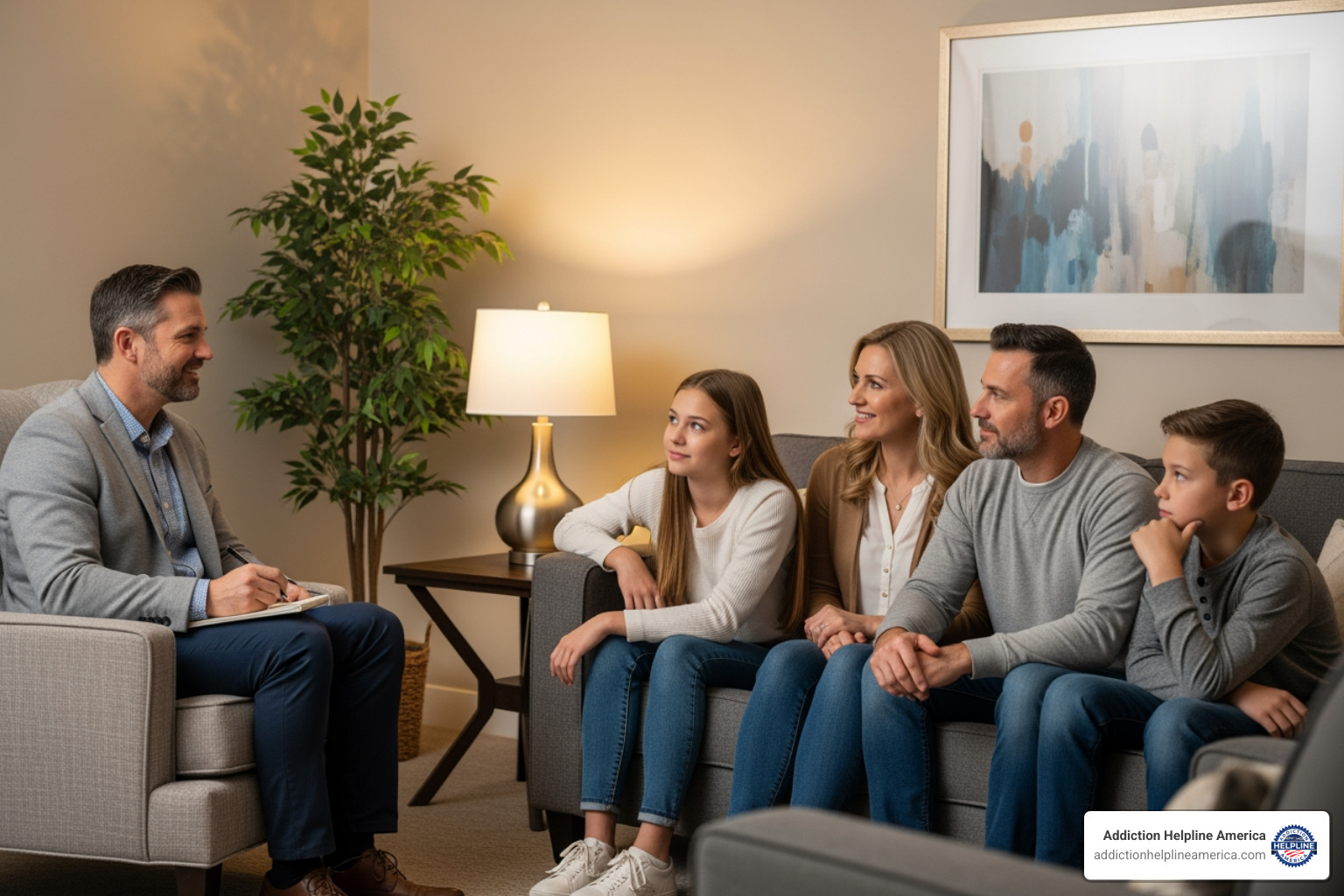
Insurance Coverage and Costs
The cost of treatment is a major concern, but care is often more accessible than people think. The Affordable Care Act made addiction treatment an essential health benefit, meaning most insurance plans provide coverage. The first step is to verify your benefits. The admissions team at any addiction treatment center in southern california can do this for you, explaining what’s covered and what your out-of-pocket costs will be.
- In-network providers have agreements with your insurance for lower costs, while out-of-network providers may have higher costs.
- Private facilities are fee-based, work with insurance, and often have immediate availability. Public providers are state-funded, low-cost or free, but may have waitlists and stricter eligibility.
If insurance doesn’t cover everything, ask about payment plans or financing options. Financial concerns shouldn’t prevent you from getting help.
The Role of Family Involvement
Addiction is often called a family disease because it affects everyone. When families heal together, recovery is stronger. A quality addiction treatment center in southern california will include:
- Family therapy sessions to rebuild communication and trust.
- Support groups like Al-Anon or Nar-Anon for loved ones.
- Educational workshops to help families understand addiction as a disease and learn how to provide effective support.
Family participation dramatically improves outcomes, creating a home environment that supports long-term sobriety.
What to expect from an addiction treatment center in southern california
A common question is, “How long does treatment take?” While it depends on individual needs, NIDA research shows that at least 90 days of treatment offers the best chance for lasting recovery. Meaningful change takes time.
- 30-day programs provide stabilization and a solid foundation.
- 60-day programs allow for deeper work and skill reinforcement.
- 90-day programs (or longer) align with research for creating lasting behavioral change. For more on this, see the benefits of long-term alcohol rehab.
The right duration is determined by a clinical assessment. At Addiction Helpline America, we help you steer these logistics to find a program that fits your needs and budget.
Frequently Asked Questions about Southern California Rehab
Choosing an addiction treatment center in southern california brings up many questions. Here are clear, honest answers to some of the most common concerns.
What is the difference between public and private addiction treatment providers?
The main differences come down to funding, cost, and accessibility.
- Public Providers: Funded by state/federal governments, they are free or low-cost. However, they often have waitlists and may have stricter eligibility requirements (e.g., based on income or residency). Accommodations are typically basic, with a focus on essential clinical care.
- Private Providers: Funded by client fees and insurance, they generally offer immediate admission. They often provide more amenities, a wider range of therapies (including holistic options), and more comfortable environments. Most insurance plans cover a significant portion of the cost.
Your choice depends on your financial situation, urgency, and the type of environment you prefer.
How can I be sure a treatment center is reputable?
This is a critical question for ensuring your safety and success. Here’s a quick checklist:
- State Licensure: Verify the center is licensed by the California Department of Health Care Services (DHCS). This is a legal requirement.
- Accreditation: Look for seals from The Joint Commission or CARF, which indicate high standards of care.
- Evidence-Based Practices: Ensure they use scientifically proven therapies like CBT and DBT.
- Staff Credentials: Ask about the qualifications of the medical and therapeutic staff.
- Transparency: A reputable center will be open about costs, programs, and success metrics. Avoid high-pressure sales tactics.
What is a typical day like in residential treatment?
A day in residential treatment is highly structured to replace the chaos of addiction with a healing routine. While each addiction treatment center in southern california is different, a typical day includes:
- Morning: An early start with a healthy breakfast, often followed by meditation or yoga to set a positive tone.
- Daytime: The core of the day is filled with therapy. This includes individual counseling, multiple group therapy sessions (covering topics like relapse prevention and coping skills), and educational workshops.
- Afternoon: More therapy may be scheduled, along with recreational activities like exercise, art therapy, or time for personal reflection.
- Evening: After dinner, the focus shifts to support meetings (like AA/NA), process groups to discuss the day, or sober recreational activities.
This structured schedule provides stability and purpose, helping you rebuild your life one day at a time. For more on what to expect, see the benefits of long-term alcohol rehab.
Begin Your Recovery Journey Today
The journey to sobriety is a courageous one. If you’re reading this, you’ve already taken a vital step, and you don’t have to walk the rest of the path alone.
While addiction statistics can be daunting, recovery is the other side of the story. In 2022, 71% of adults who once battled substance use disorder identified as being in recovery. It’s not just a possibility—it’s a reality for thousands in Southern California.
The region is home to an incredible network of addiction treatment centers in southern california, offering everything from medical detox to flexible outpatient care and specialized programs. There is a path forward that will work for you.
We know that taking the first step is overwhelming. That’s where Addiction Helpline America comes in. We offer free, confidential support to help you steer your options. Our team can help you verify insurance, find the right level of care, and connect you with a center from our network that aligns with your goals.
The life you deserve—one of health, purpose, and freedom—is within reach. Reach out to us today, and let’s take the next step together. For a broader look at options, explore our guide to find the right California rehab program with our ultimate guide.
Recovery is waiting. And so are we.
Our helpline is 100%
free & confidential
If you or someone you care about is struggling with drug or alcohol addiction, we can help you explore your recovery options. Don’t face this challenge alone—seek support from us.
Programs
Resources
Will my insurance
cover addiction
treatment?
We're ready to help
Find the best
drug or alcohol treatment
center
Are you or a loved one struggling with addiction? Call today to speak to a treatment expert.

